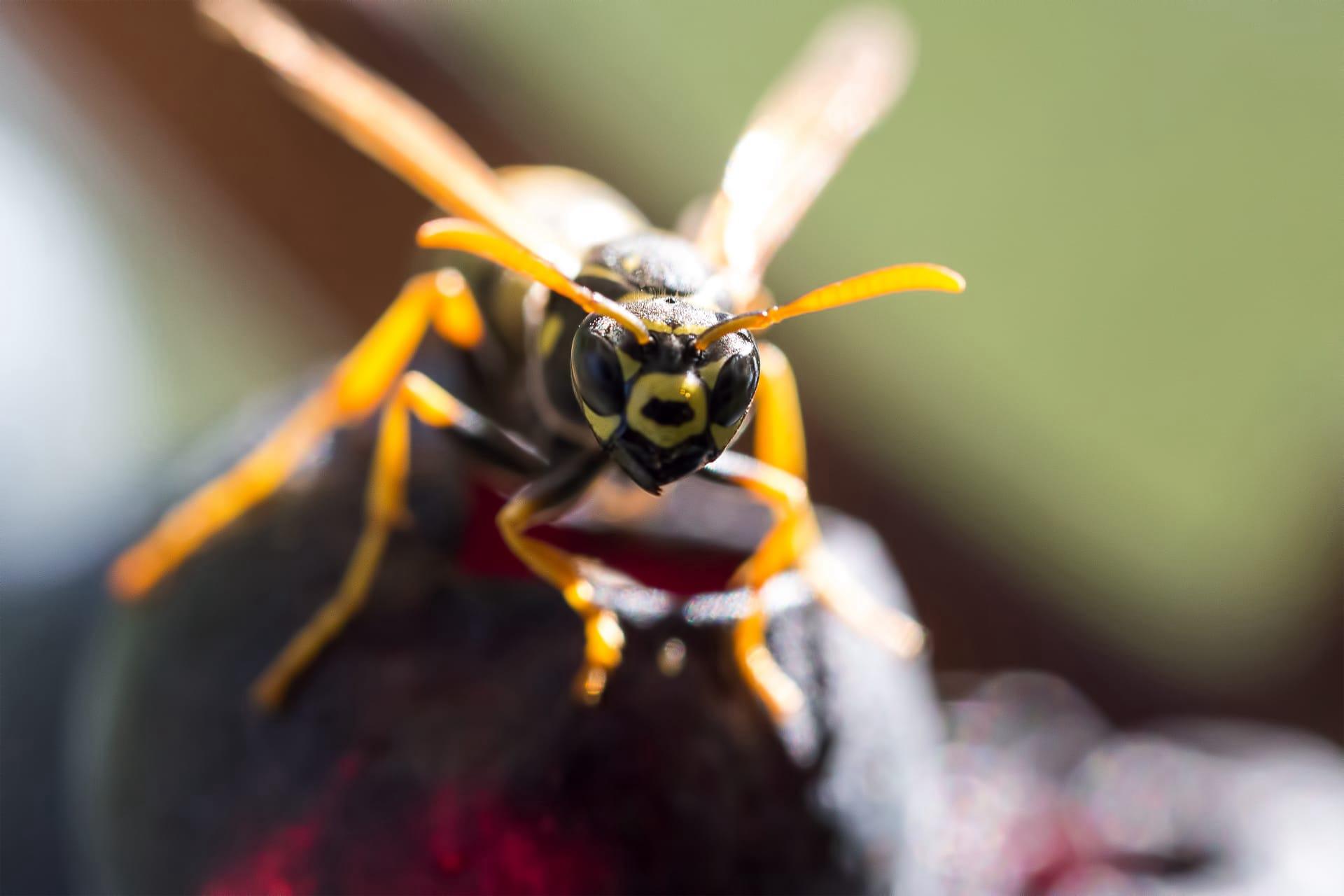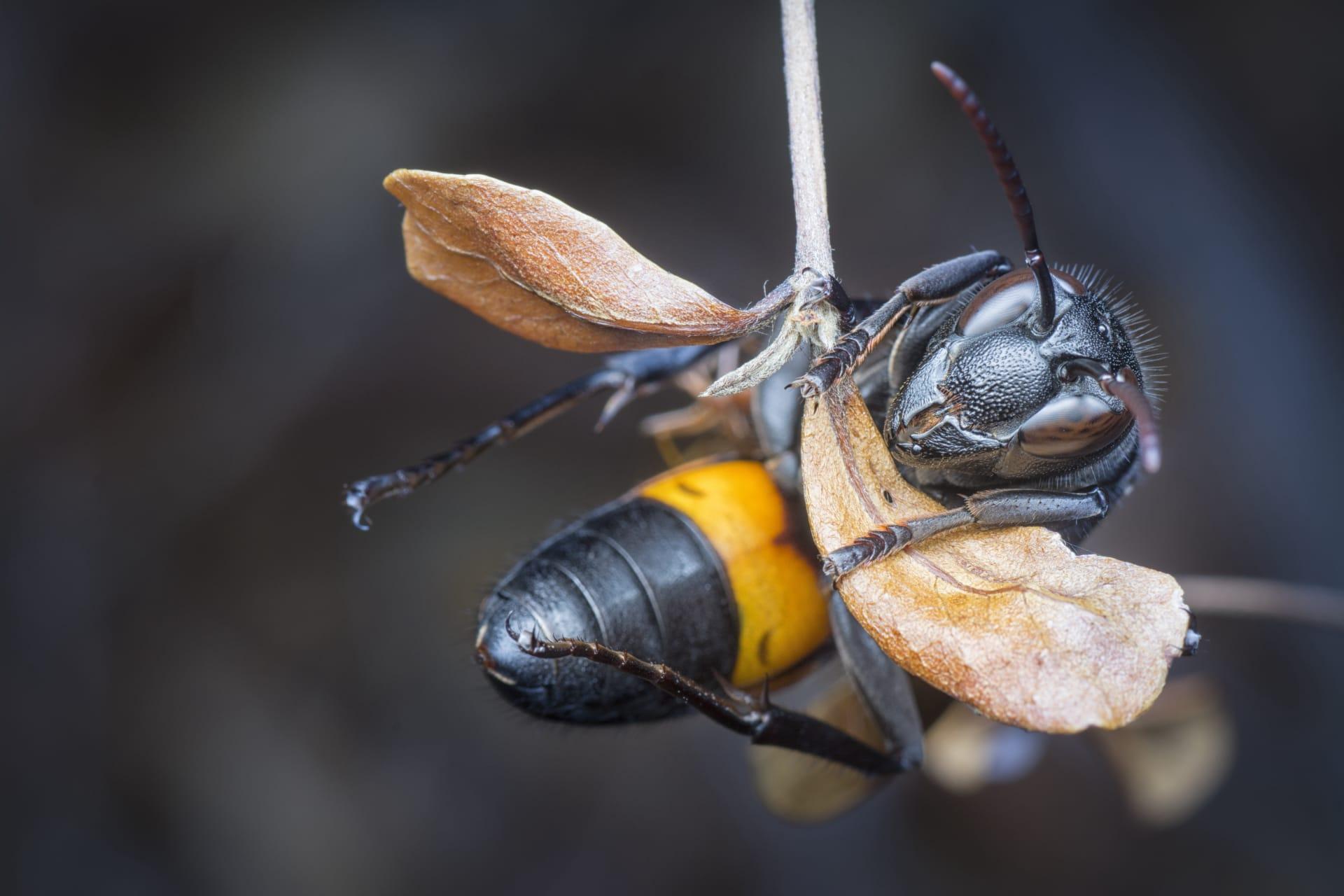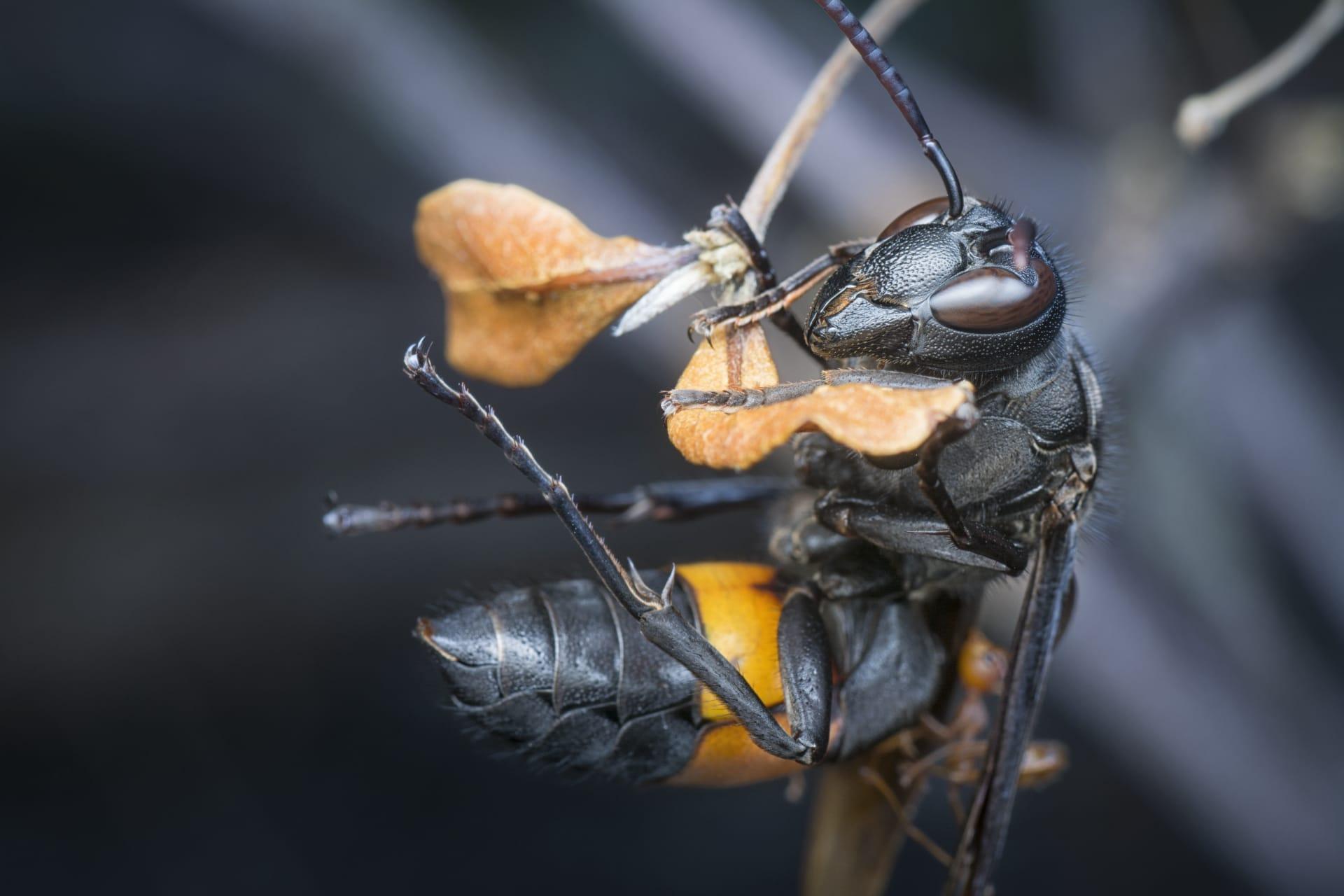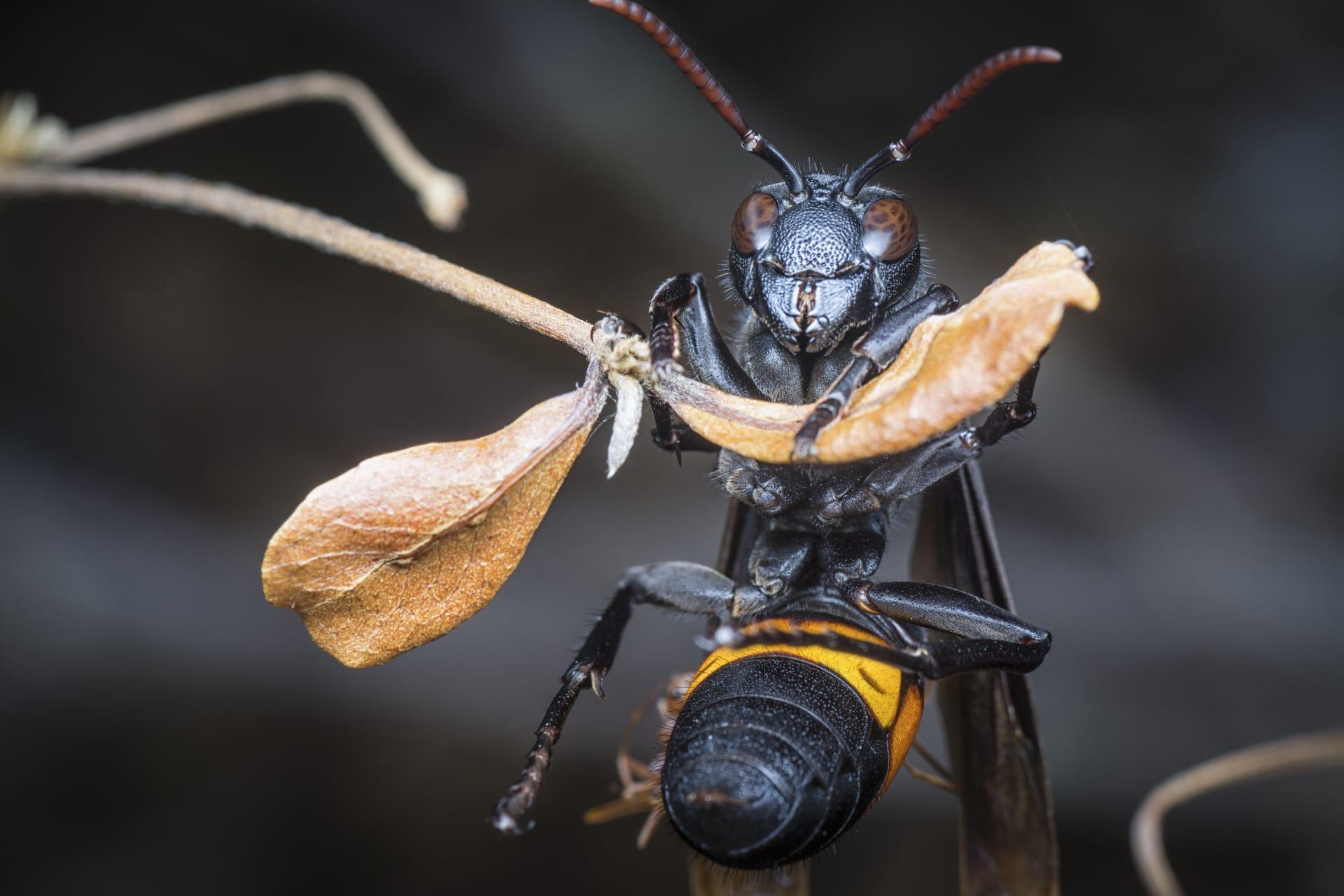1
Yellow jacket bees, renowned for their vivid yellow and black striped appearance, are not just another stinging insect; they play a crucial role in the ecosystem. Interestingly, a single colony of yellow jackets can consume large quantities of insects daily, including caterpillars and flies, thus significantly contributing to pest control. This makes them unsung heroes in maintaining the balance in gardens and farms.
Another fascinating aspect of yellow jackets is their remarkable nest-building skill. Unlike honeybees who build their hives with wax, yellow jackets construct their nests by chewing wood fibers into a paper-like substance. These nests can be massive, sometimes housing thousands of individuals, and are usually located underground or in dark, enclosed spaces. The intricate design of these nests, with multiple layers and chambers, showcases the architectural ingenuity of these industrious insects.

2
When it comes to communication, yellow jacket bees exhibit a unique behavior known as the "waggle dance." This dance is a way for foraging bees to inform others in the colony about the location of food sources. The direction and duration of the dance correlate with the direction and distance of the food from the nest. This sophisticated form of communication demonstrates their advanced social structure and ability to work cooperatively for the colony's benefit.
Yellow jackets are also known for their aggressive defense tactics. When threatened, they can sting repeatedly, unlike honeybees who lose their stinger and die after one sting. This aggressiveness, coupled with their ability to mobilize the entire colony to defend the nest, makes them formidable opponents. The venom in their sting contains chemicals that can cause pain and inflammation, making them a concern for humans, especially those with allergies to bee stings.

3
One of the lesser-known facts about yellow jacket bees is their contribution to pollination. While they are not as efficient as honeybees, they do play a role in pollinating flowers and crops. As they search for nectar and insects, they inadvertently transfer pollen from one flower to another, aiding in plant reproduction. This activity highlights their dual role as both predators of pests and contributors to pollination, underscoring their importance in the ecological cycle.
Another interesting characteristic of yellow jackets is their varied diet. They are omnivorous, feeding on a mix of insects, fruits, and even human food. This adaptability in diet allows them to thrive in diverse environments, from rural areas to urban settings. Their attraction to sugary foods and proteins often brings them into conflict with humans, especially during outdoor activities like picnics or barbecues.

4
Yellow jackets have a distinctive reproductive cycle. In the spring, a solitary queen, who has survived the winter, starts a new colony. She lays eggs that will develop into worker bees, responsible for expanding the nest and caring for future offspring. By the end of summer, the colony reaches its peak size, and the queen begins producing new queens and male bees for the next generation. As winter approaches, the old queen, workers, and males die, leaving the new queens to hibernate and continue the cycle the following year.
Interestingly, yellow jackets can also exhibit a behavior known as "hovering." This is often seen near the entrance of their nests, where guard bees hover to inspect and protect against intruders. This behavior is a crucial part of their colony defense strategy, showcasing their vigilance and coordinated efforts to safeguard their home.

5
Yellow jackets are known for their speed and agility in flight. They can reach speeds of up to 25 miles per hour, which is incredibly fast for an insect of their size. This speed, combined with their aerial maneuverability, makes them efficient hunters, capable of catching prey mid-flight and evading threats.
Yellow jackets' sense of smell is highly developed, aiding them in locating food sources and identifying members of their colony. This keen sense of smell is essential for their survival, as it helps them find nourishment and maintain the social order within their complex community structure. Their ability to detect even the faintest odors is a testament to their adaptability and evolutionary success as a species.